See & Do
our birds make their presence known through their tapestry of chirps, fleeting flybys and rustling in the trees.
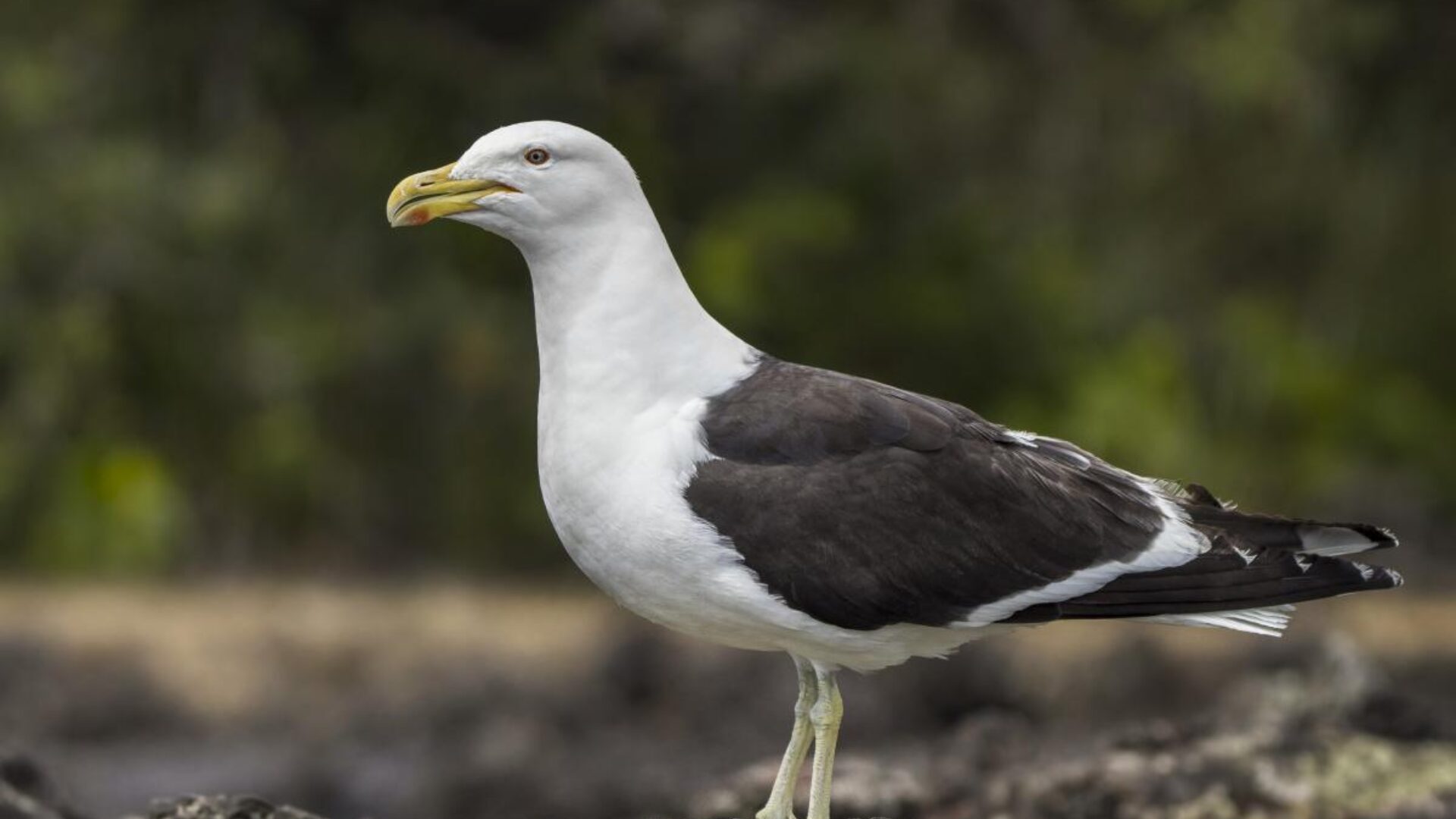
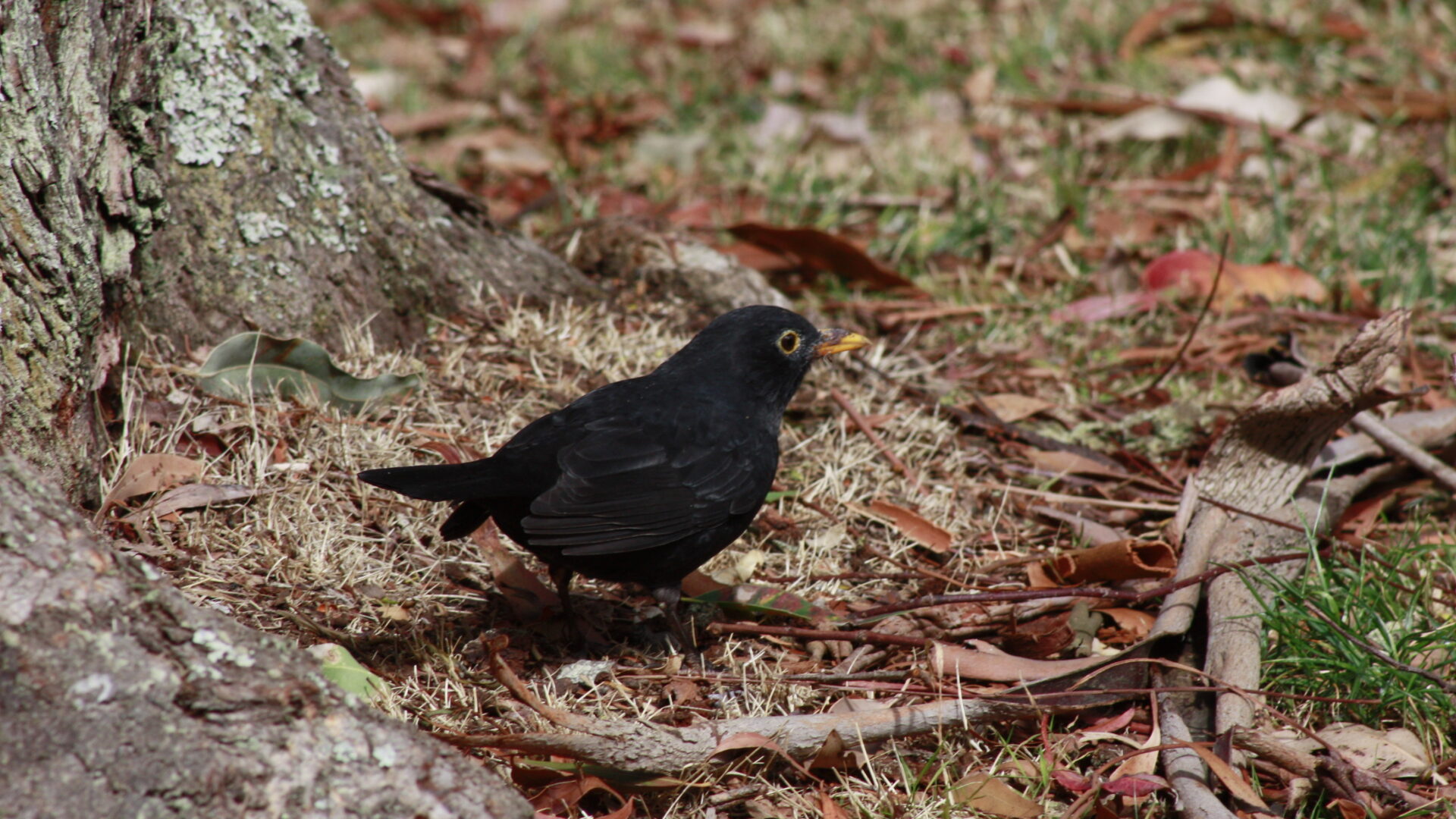

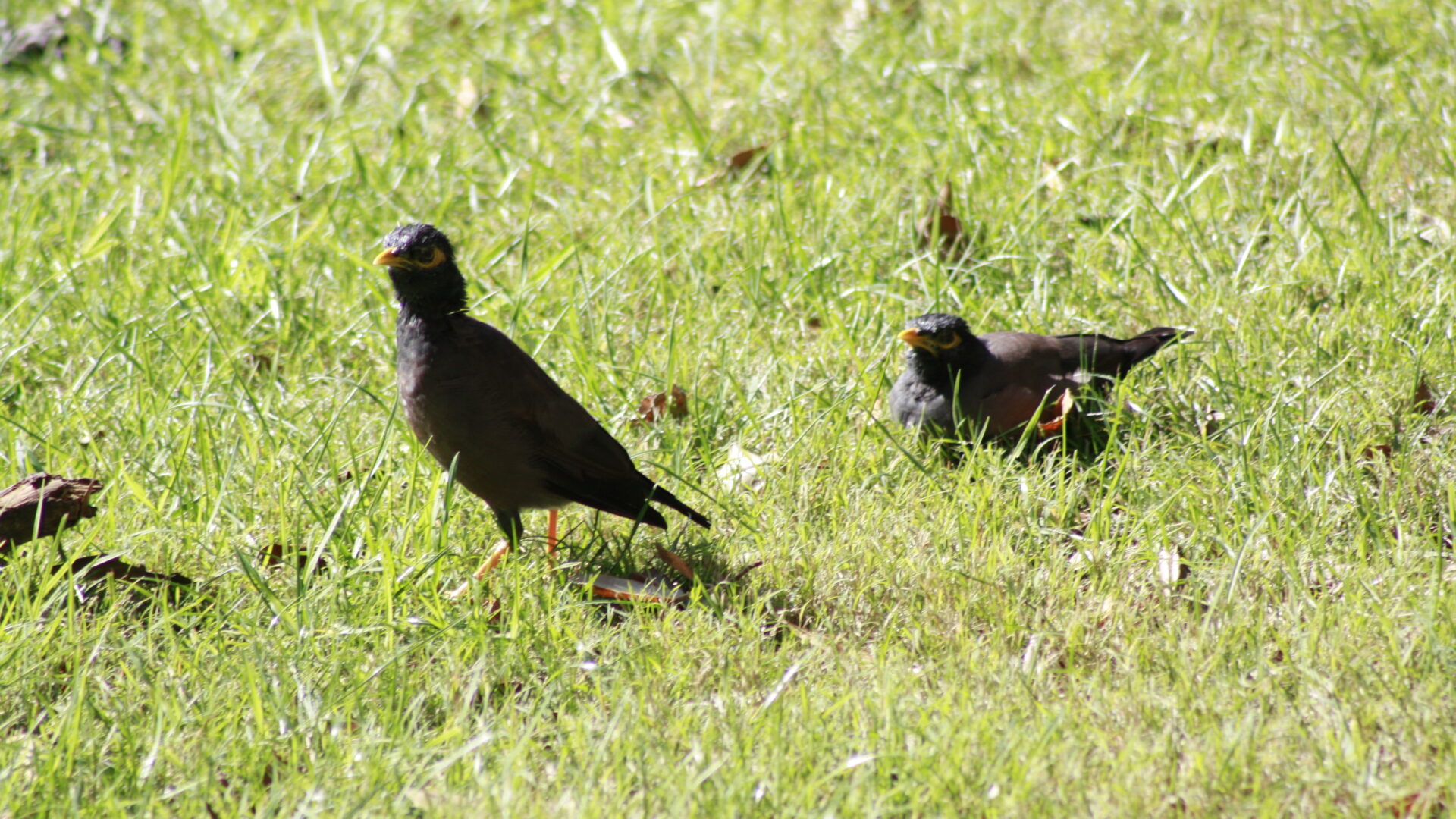

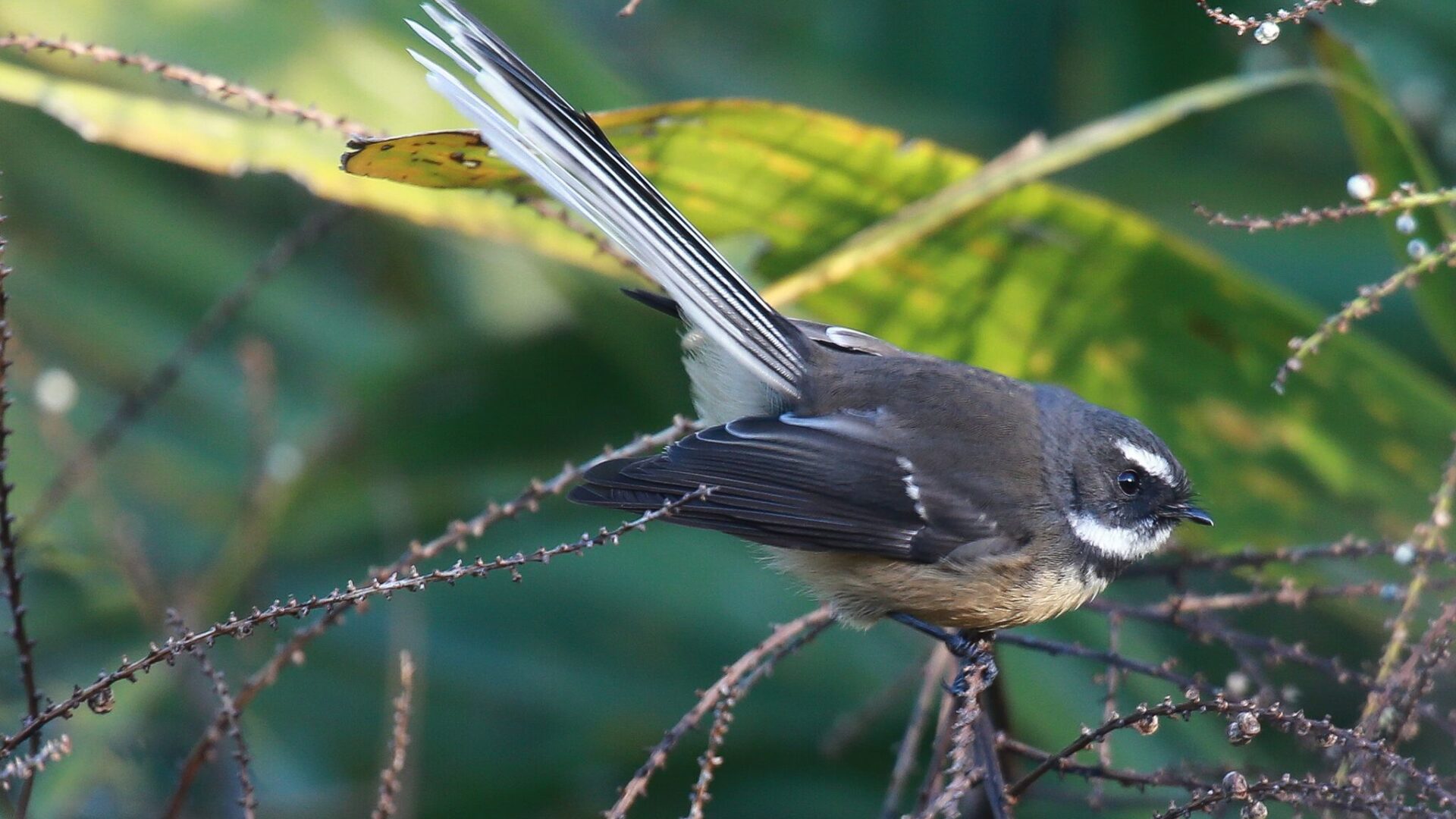
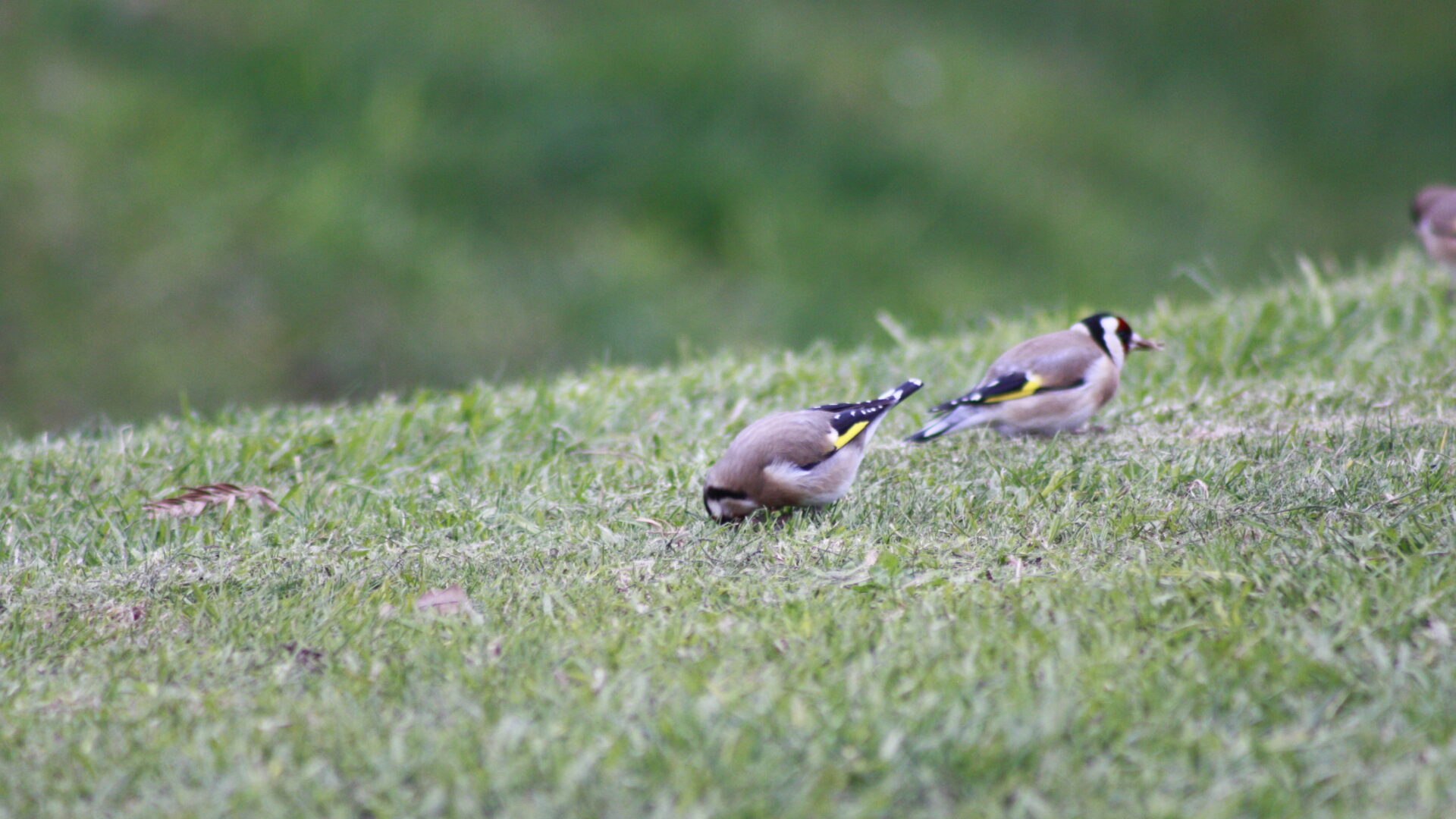
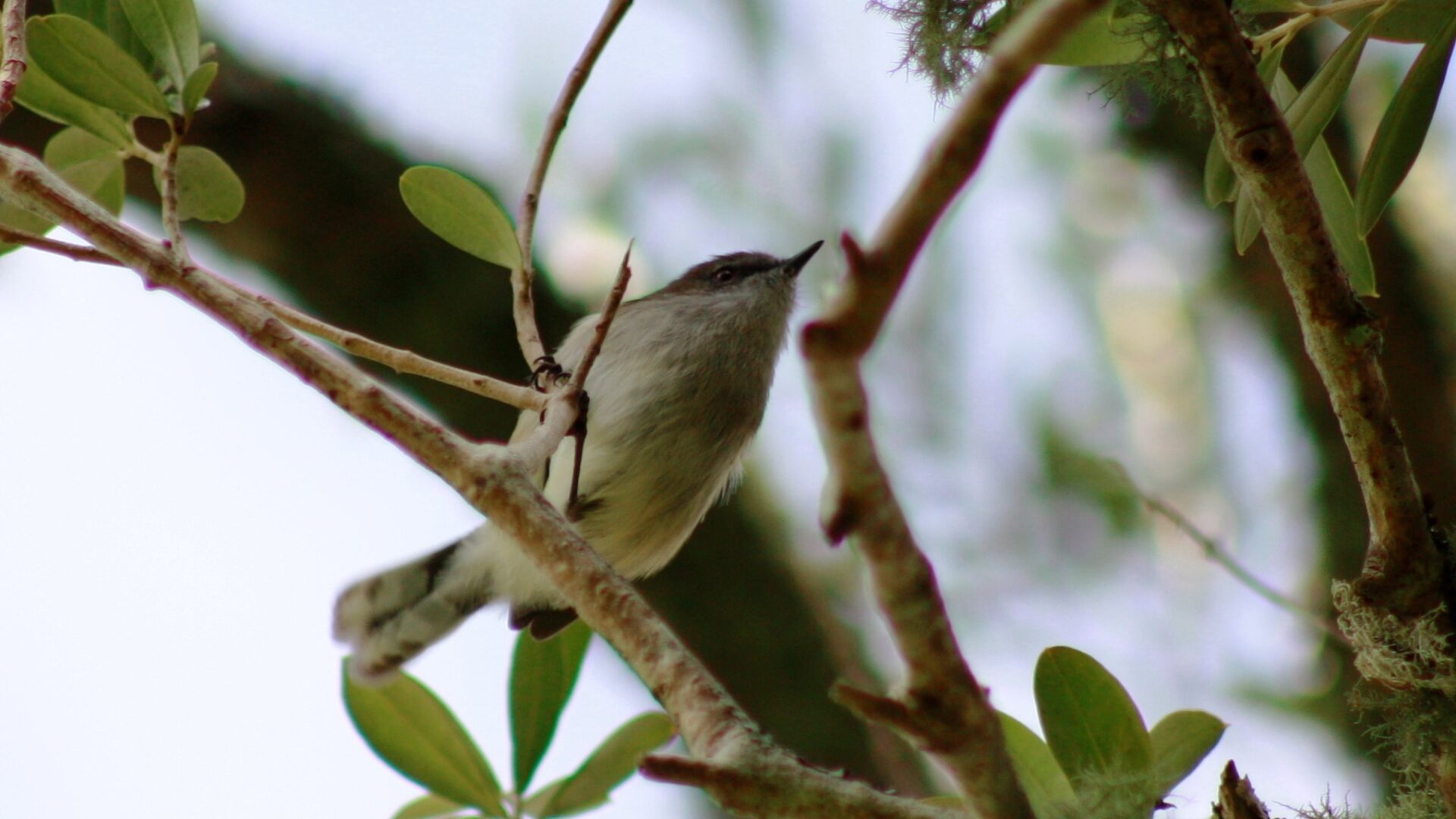

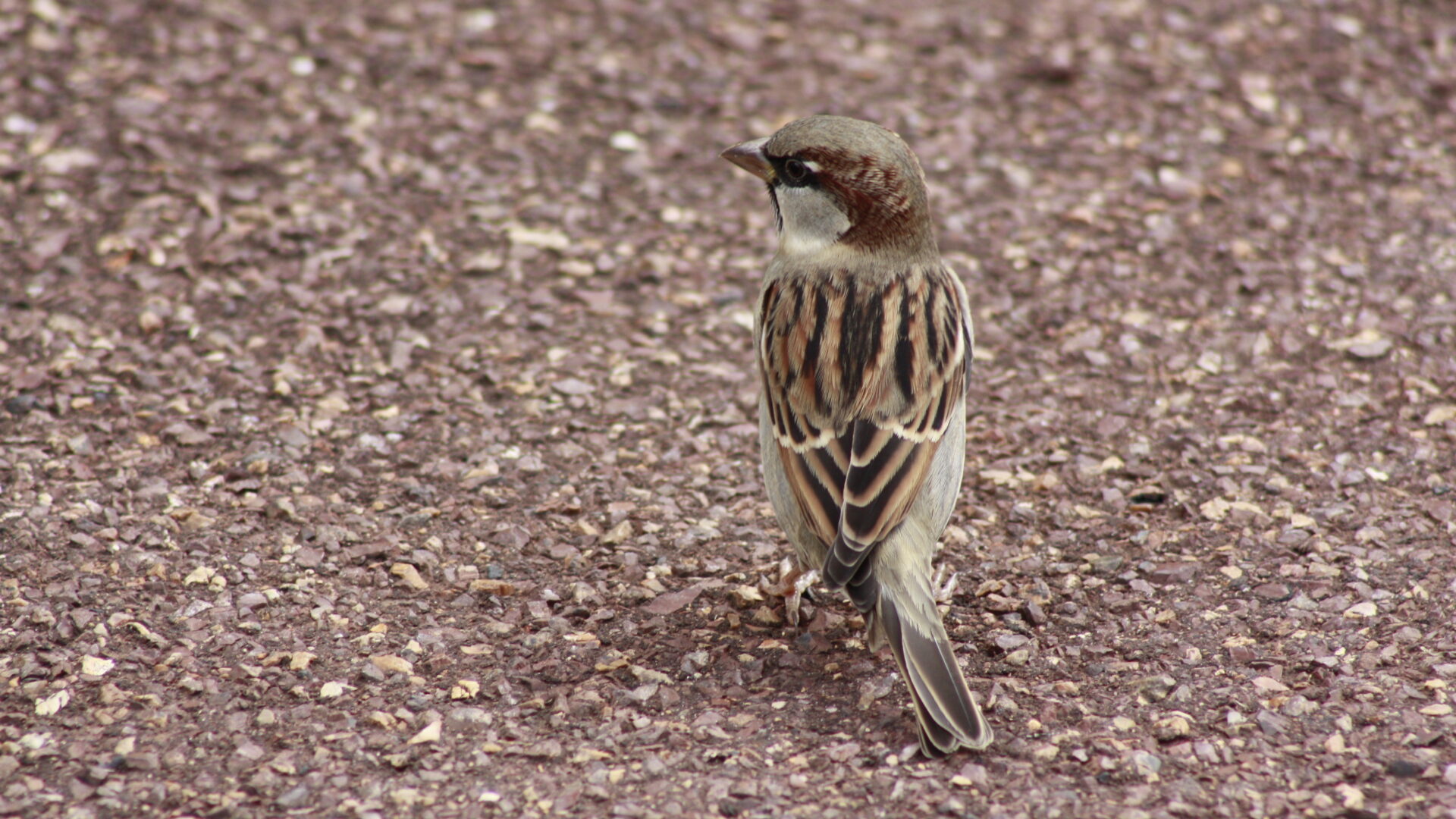

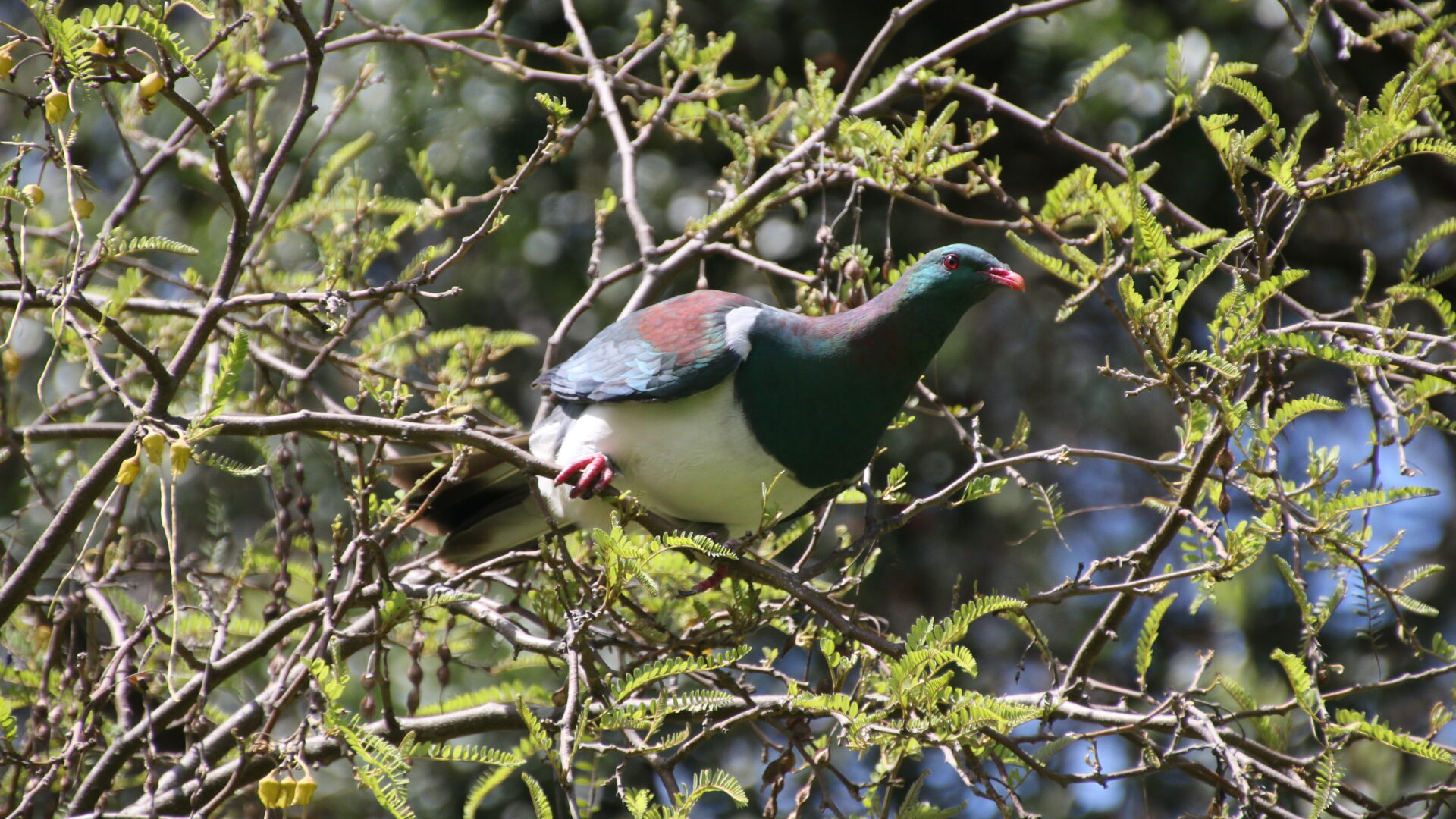
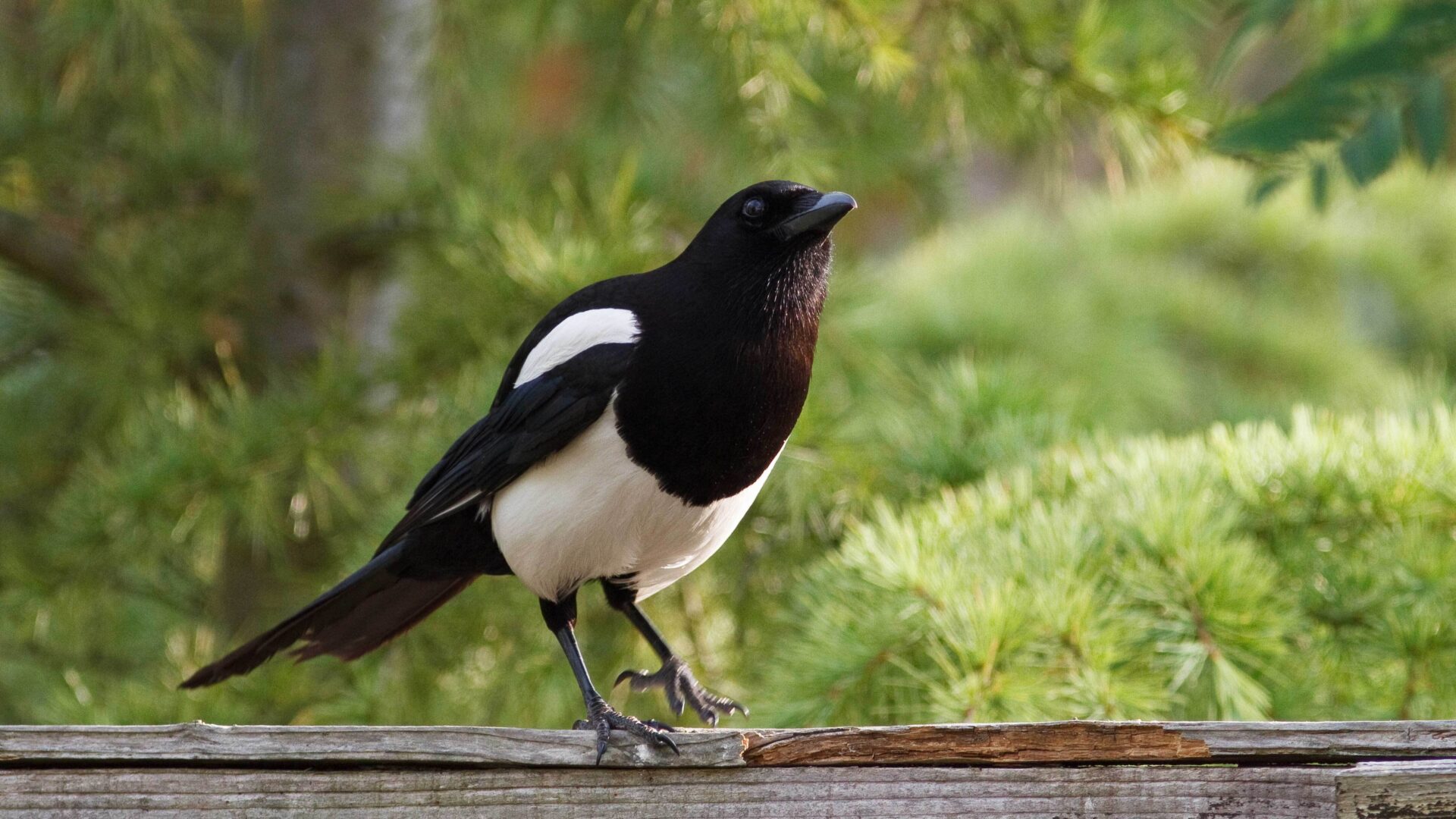
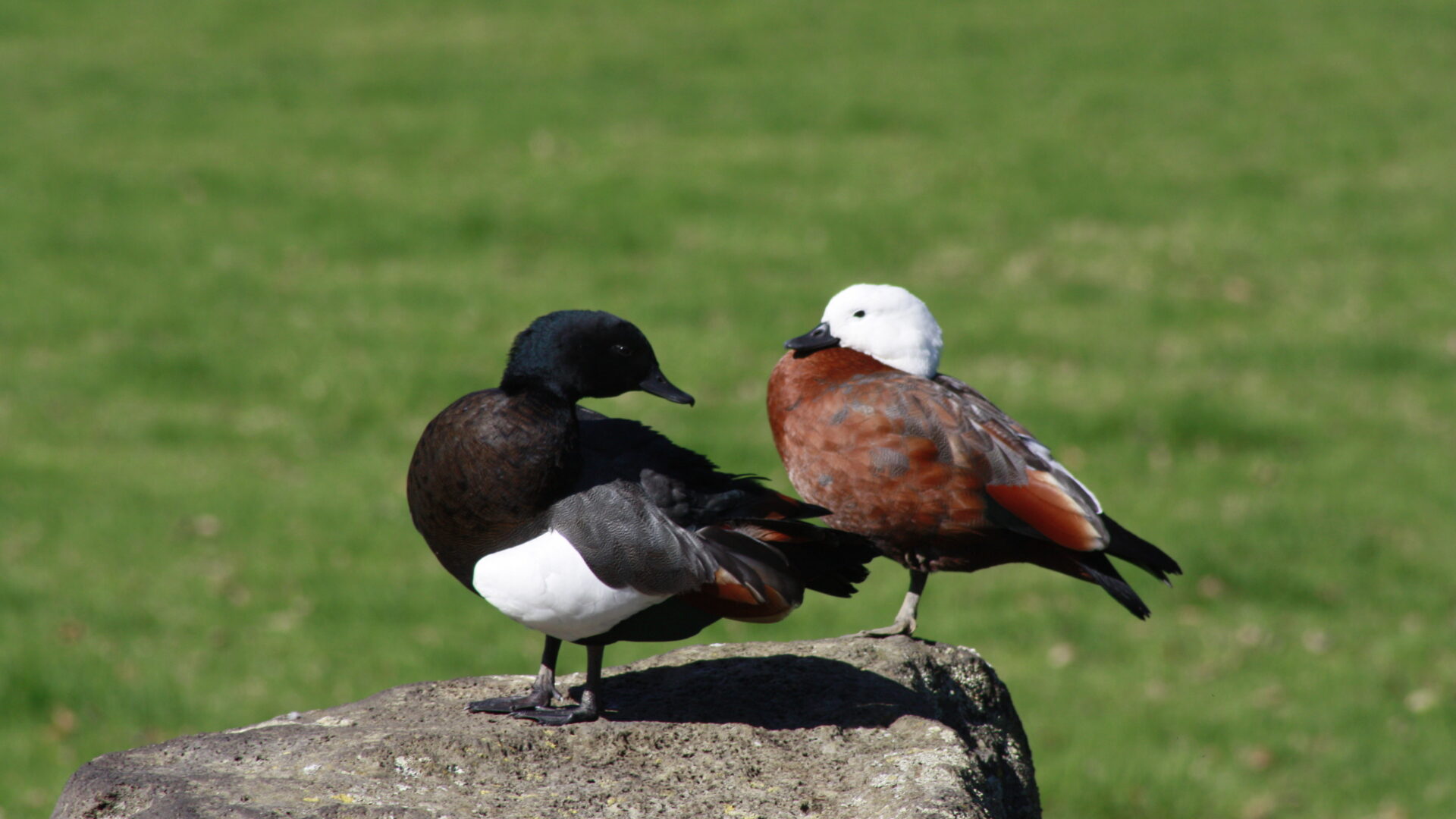

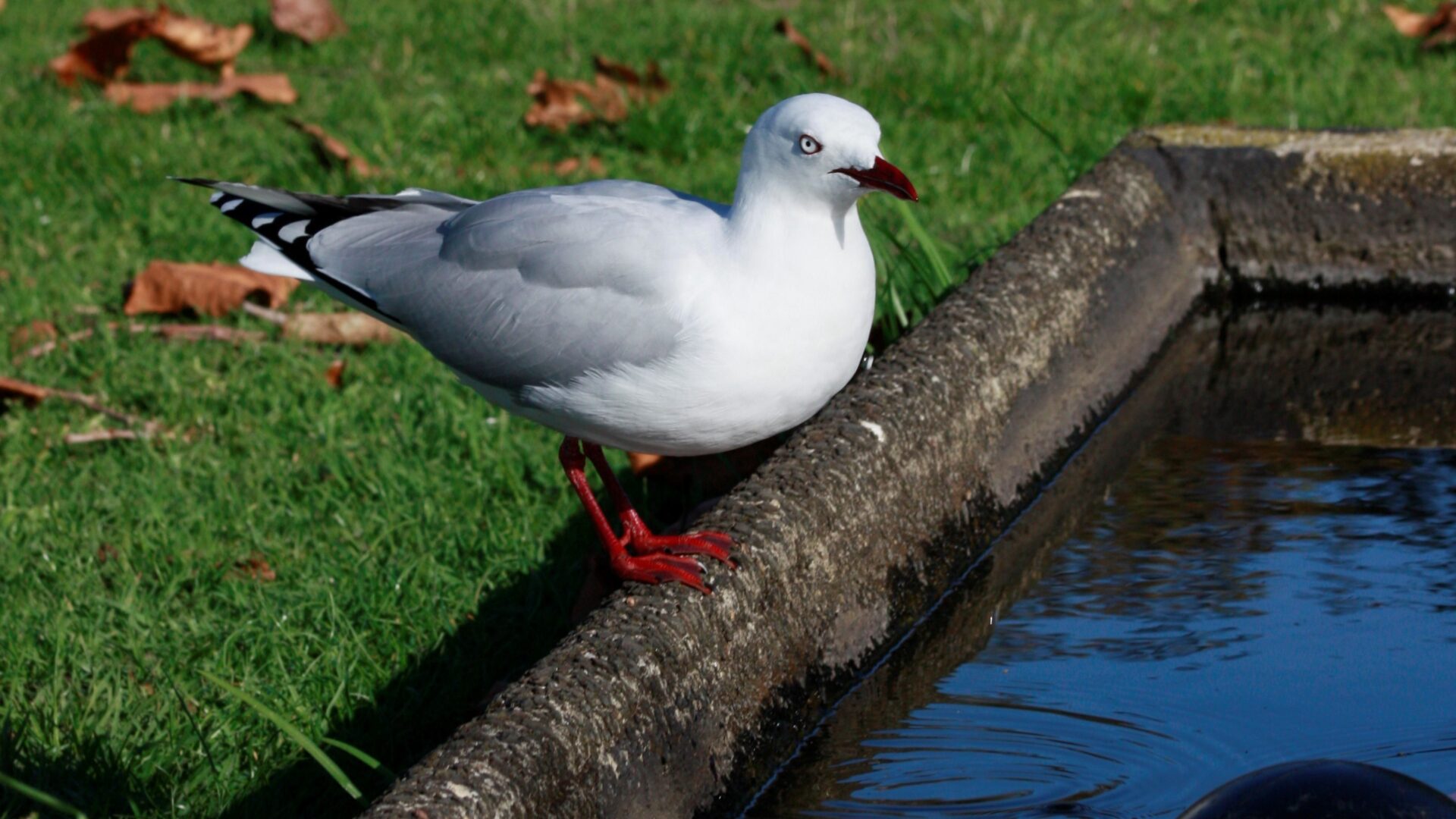
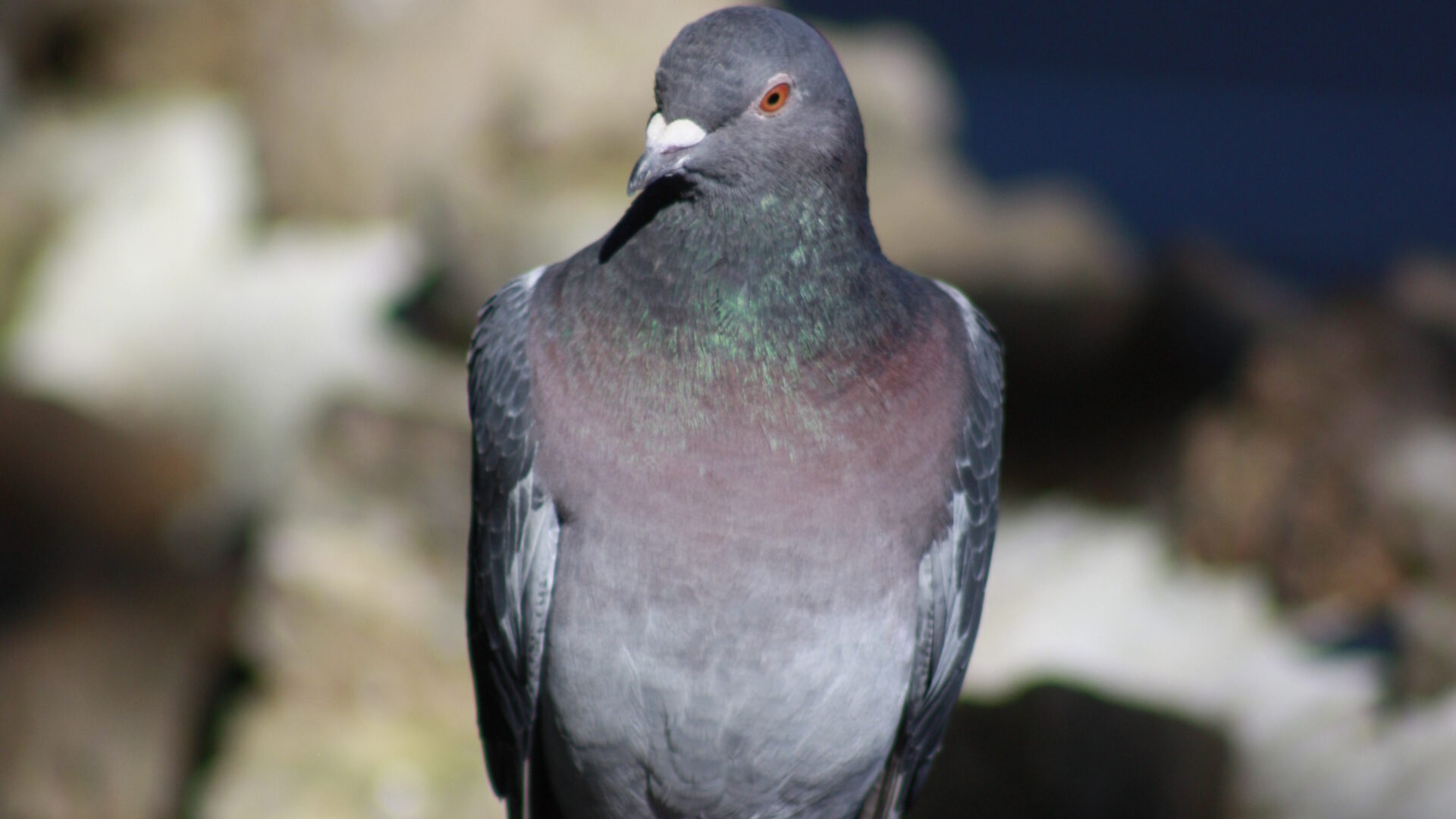

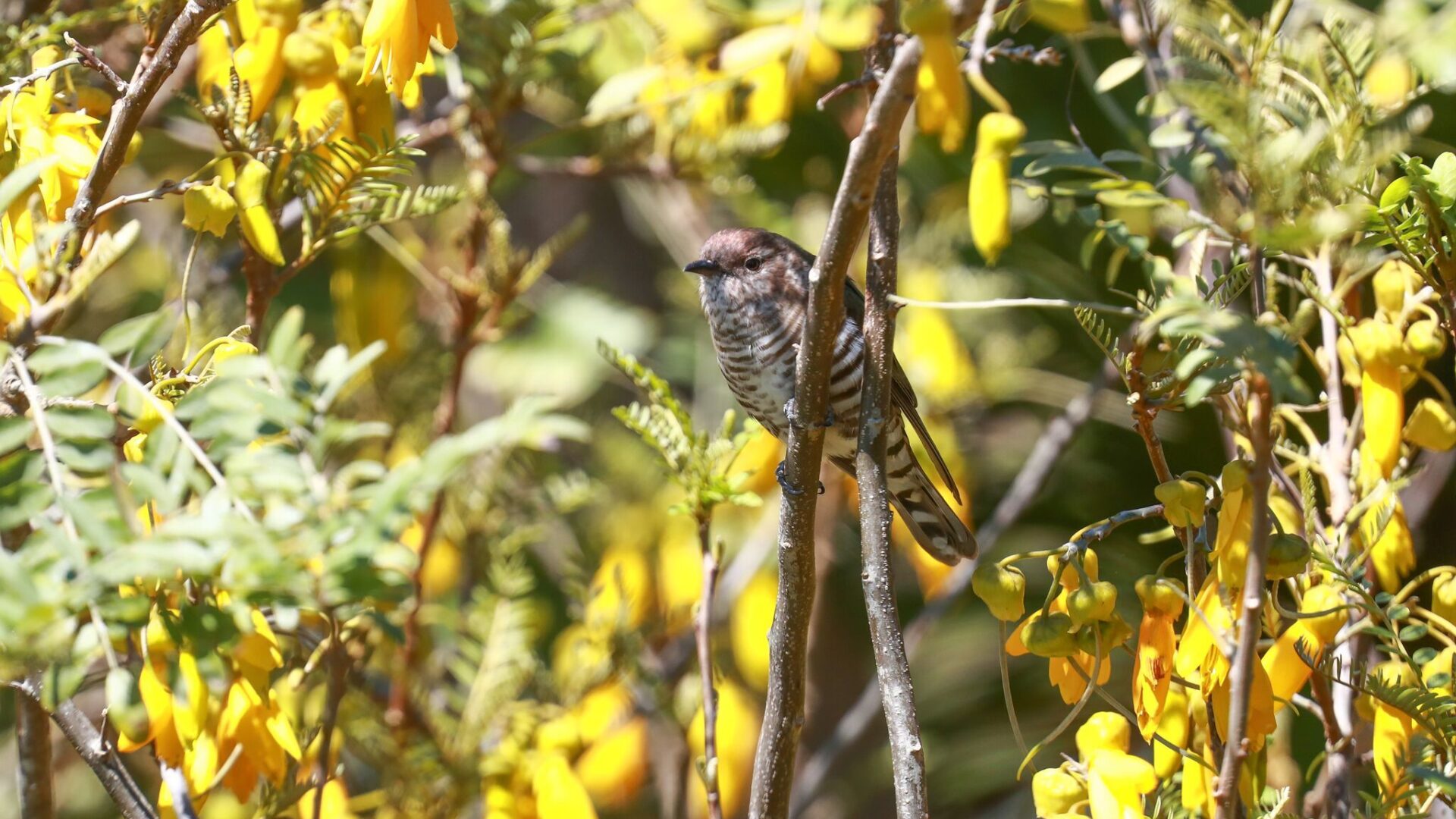

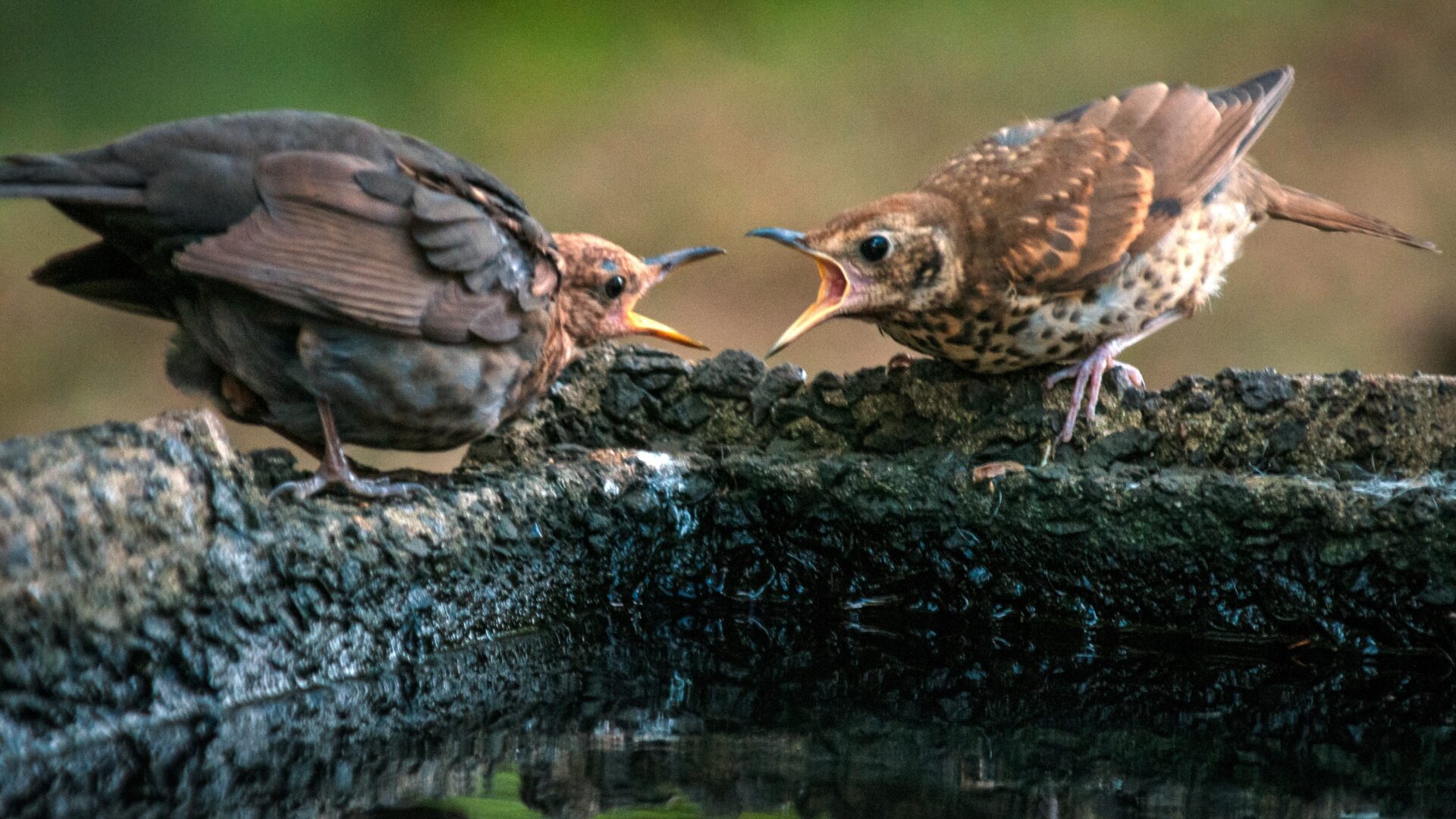


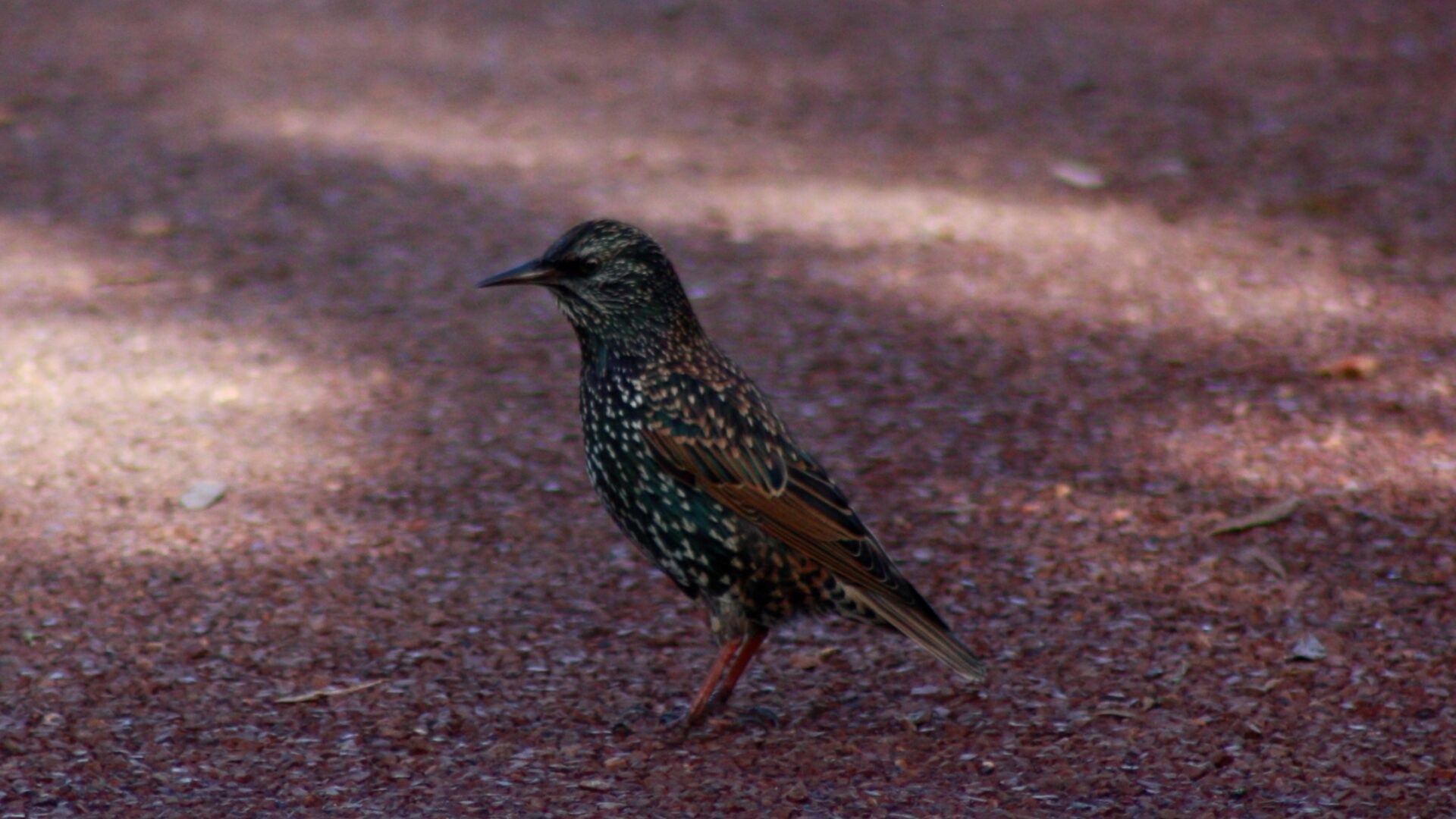
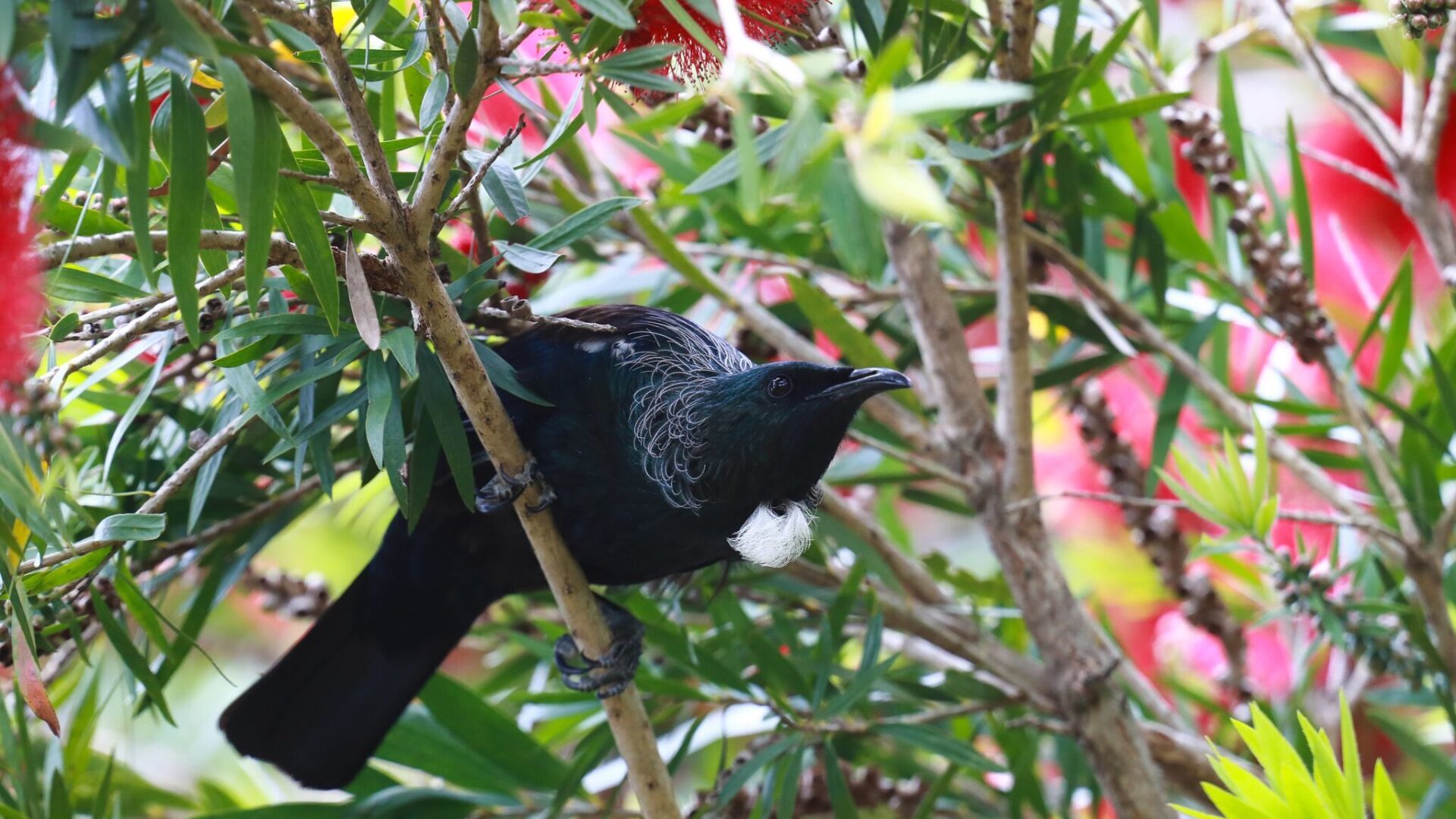
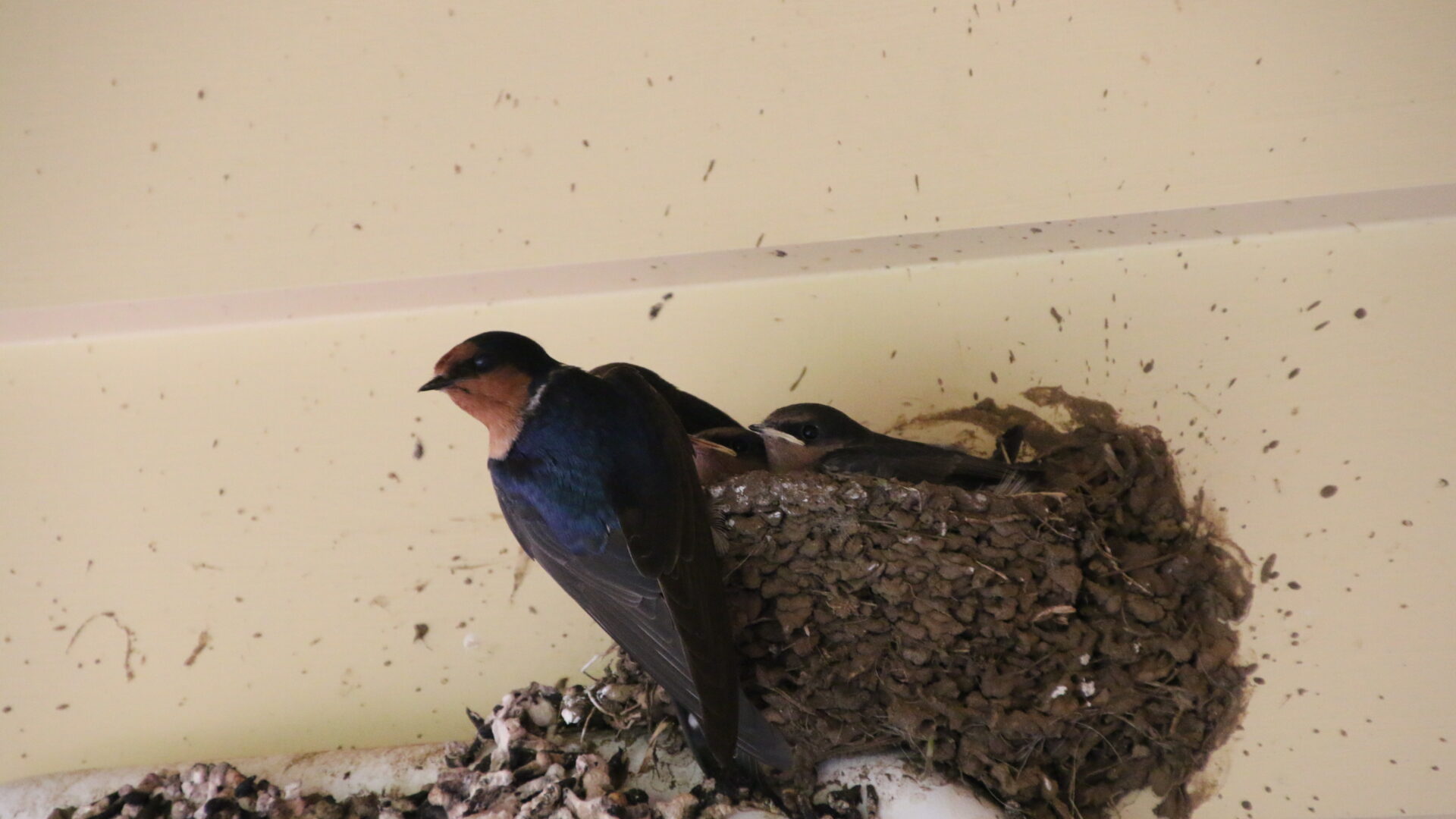

Black-backed gull
names Black-backed gull, karoro, Larus dominicanus
Eats Shellfish, molluscs, worms, insects and food scraps
Māori tamed black-backed gulls to help them with pest control – they eat the caterpillars which infest kūmara crops! They are both predators and scavengers, taking anything from marine animals, birds and eggs to carcasses and food scraps. They are abundant in Auckland and are often seen feeding on worms in paddocks around Cornwall Park during winter.
Blackbird
names Blackbird, Manu pango, Turdus merula
Eats Insects, spiders, molluscs, worms and fruit
Male blackbirds have a distinctive song that can be heard year-round. You will often see them perching at the top of a tree or power pole to sing; otherwise, they are usually spotted among ground leaf litter. Blackbirds are New Zealand’s most widely distributed bird species, and they help us by feeding on garden pests such as snails and slugs. Pictured is a male; females and juveniles are brown all over.
Californian quail
names Californian quail, Callipepla californica
Eats Seeds, fruit, leaves and invertebrates
During autumn, family groups of quail gather together in large convoys to feed and roost. Juveniles only eat insects, while adults have a more general diet. Californian quail were introduced to New Zealand as game birds and are now common throughout the country.
Common myna
names Common myna, Acridotheres tristis
Eats Insects, fruit, nectar and food scraps
Mynas are native to India, Pakistan and Myanmar and are now found on most continents and throughout the Pacific Islands, where they are regarded as invasive pests. They are aggressive birds and are known for attacking other birds and kicking them out of nesting sites. Mynas mate for life, and both parents help to raise the chicks.
Eastern rosella
names Eastern rosella, Platycercus eximius
Eats Seeds, fruit, nectar, buds and insects
Rosellas are native to south-eastern Australia and were introduced to New Zealand in 1910. They often move around in pairs or small flocks and make themselves known by their noisy chatter and loud alarm calls. They are easy to spot with their colourful feathers. Rosella nest in holes in trees and pairs will stay together over multiple breeding seasons. They are often found among the tall trees in the park — particularly the figs, pines and eucalyptus.
Fantail
names Fantail, Pīwakawaka, Rhipidura fuliginosa placabilis
Eats Invertebrates such as moths, flies, wasps, beetles and spiders
The fantail's jerky movements meant that Māori sometimes described a restless person as a pīwakawaka. They will often hang around people, snatching up the insects disturbed by their movements. During the breeding season, fantails are territorial and will chase away intruders. Juveniles often gather in small flocks to find food outside of the breeding season. Photo: Norrie Montgomerie.
Goldfinch
names Goldfinch, Carduelis carduelis
Eats Seeds and insects during breeding season
Goldfinches were introduced from Britain and are common in open land throughout New Zealand. They are often seen feeding in flocks in and around our farm paddocks. They have large beaks and powerful stomach muscles which help them to grind up tough seeds. These birds are helpful to us in that they prevent the spread of introduced weeds such as thistles by eating their seeds.
Grey warbler
names Grey warbler, Riroriro, Gerygone igata
Eats Insects and spiders
Grey warblers are more often heard than seen – they have a distinctive loud trilling song but like to stay hidden in the treetops. They have a behaviour unique among New Zealand birds – they glean (pluck) insects from the outside of trees while hovering. Grey warblers are victims of brood parasitism by shining cuckoos, who lay their eggs in grey warbler nests, tricking the grey warbler into raising the cuckoo chick.
Guineafowl
names Guineafowl, Numida meleagris
Eats Grass, seeds, fruit and leaves
This African gamebird was introduced to New Zealand in the 1860s. Our resident flock of guineafowl were raised here in the park by our nursery team. Young guineafowl are called keets, not chicks. You can usually find our guineafowl at the corner of Twin Oak Drive and Bollard Ave.
House sparrow
names House sparrow, Tiu, Passer domesticus
Eats Seeds, fruit, buds, flowers, nectar of introduced plants and food scraps
Sparrows are some of the most common birds in the world, found naturally on over two-thirds of the earth’s land area. They were introduced to New Zealand in the 1860s and by the 1880s they were regarded as pests. They are a flocking species, feeding and roosting together in close association with humans. They can be damaging to crops as they feed on the ripening grain.
Kākā
names Kākā, Nestor meridionalis, bush parrot
Eats Seeds, fruit, nectar and insects
Kākā are occasional winter visitors to the park and have been seen in the old macrocarpa and pine trees near Bollard Avenue and the archery club. These endangered parrots are chatty and social – Māori used to call them “gossips” because of their large noisy flocks. They often feed high up in the forest canopy on nectar, fruit, berries, seeds, insects and sap.
Kererū
names Kererū, New Zealand pigeon, Hemiphaga novaeseelandiae
Eats Fruit, leaves, buds and flowers
Kererū are an important keystone species in New Zealand. They are the only birds left that are able to swallow large fruits of native trees such as taraire and karaka and are therefore the only birds able to disperse the seeds of these trees. They are widespread throughout New Zealand, particularly in forests and urban parks. They feed mostly on fruit during warmer months and leaves, buds and flowers during cooler months.
Magpie
names Australian magpie, Makipai, Gymnorhina tibicen
Eats Insects, worms and occasionally small birds
Magpies were introduced from Australia in the 1860s to control insect pests. They are aggressive in the breeding season, particularly to other birds that come close to their nest. Magpies have a complex social structure, with pairs or family groups defending a territory year-round and the chicks staying with the parents until the following breeding season. They are often found in our farm paddocks and in old macrocarpa and pine trees around the park.
Paradise shelduck
names Paradise shelduck, Pūtangitangi, Tadorna variegata
Eats Grass, clover and seeds
During breeding season from August to December, you can see paradise shelducks in pairs with their chicks in and around the farm paddocks. The legs of paradise shelducks are in the middle of their bodies which is better for walking, compared to other ducks whose legs are near the back of their bodies which is better for swimming. The paradise shelduck is endemic to New Zealand and is our most widely distributed waterfowl. The male is in front, the female behind.
Pheasant
names Pheasant, peihana, Phasianus colchicus
Eats Leaves, seeds, fruits and invertebrates
Pheasants were introduced by early European colonists for hunting purposes, and are now found throughout New Zealand. The males are easy to spot due to their striking plumage. Adults are omnivorous, feeding on both plants and animals, and chicks are mainly fed insects. They swallow sharp pebbles which help grind up tough plant matter in their stomach.
Red-billed gull
names Red-billed gull, Akiaki, Larus novaehollandiae
Eats Krill, food scraps and insects
Red-billed gulls breed in large, dense colonies on the mainland and in more sparse colonies on sub-Antarctic islands. They often nest at the same location every breeding season. Although they are common here, their breeding colonies have been declining significantly due to introduced predators and climate change. Red-billed gulls are considered tapu by Te Arawa people because their calls are said to have warned of a stealth assault by Ngā Puhi fighters paddling to Mokoia Island, Lake Rotorua.
Rock pigeon
names Rock pigeon, Columba livia
Eats Food scraps and seeds
Many of the rock pigeons in New Zealand are descended from the homing pigeons once used by newspapers, businesses and the government for communication and racing. Hence, they occur in a variety of plumages – from white, black and brown to the common grey with iridescent colours and even pied forms. They are a gregarious species, often feeding, roosting and travelling in flocks. They nest on ledges in buildings, caves and cliffs.
Sacred kingfisher
names Sacred kingfisher, Kōtare, Todiramphus sanctus
Eats Insects, small crustaceans, fish and reptiles
Kingfishers are common in New Zealand, particularly close to water or open country. They nest in holes in trees, cliffs and banks, and will defend the nesting site aggressively. They often use the same nesting burrow every year. We have plenty of skinks in the park which they like to feed on. They are often found sitting on fence posts or at the top of trees.
Shining cuckoo
names Shining cuckoo, Pipiwharauroa, Chrysococcyx lucidus
Eats Insects and spiders
Every year, the shining cuckoo does a round-trip journey between New Zealand (where it breeds) and the Solomon Islands (where it overwinters). They are brood parasites, laying their eggs in the nests of grey warblers so they don’t have to raise them themselves. They are more often heard than seen and are found in the park during spring and summer. Photo: Norrie Montgomerie
Silvereye
names Silvereye, Tauhou, white-eye, Zosterops lateralis
Eats Insects, grubs, spiders, small fruit and nectar
Silvereye’s Māori name means “stranger”, as they only made their way to New Zealand in the 1850s. They are very important seed dispersers for many of our native trees and also assist in the pollination of trees such as kōwhai and fuchsia. They form large flocks in winter to search for food. The silver-white ring around their eye makes them easy to identify.
Song thrush
names Song Thrush, Turdus philomelos
Eats Insects, molluscs and small fruit
Song thrushes were introduced from Britain. They feed on snails by smashing open the shells on a favourite stone, called an anvil stone. Like blackbirds, they are territorial and sing a melodious song from the tops of trees or poles. They are usually seen in pairs or alone. They often feed on the ground and find food by “listening” for invertebrates beneath the soil.s
Spotted dove
names Spotted dove, Streptopelia chinensis
Eats Seeds
Spotted doves are native to Southeast Asia and were introduced to New Zealand in the 1920s. They occur only in the North Island, in urban parks and gardens. They can be seen perching in trees alongside rock pigeons or feeding on the ground. Spot them along Twin Oaks Drive and on the corner of Bollard Ave and Grand Drive.
Spur-winged plover
names Spur-winged plover, Masked Lapwing, Vanellus miles
Eats Insects and crustaceans
Spur-winged plovers get their name from a long yellow spur protruding from the carpal area ('elbow') of each wing. They breed as isolated pairs and aggressively defend their breeding territory and nest. They often pretend to be injured to lure predators (including humans) away from their nest. They are often seen in and around the farm paddocks.
Starling
names Starling, Tāringi, Sturnus vulgaris
Eats Insects, food scraps and nectar
Starlings were introduced to New Zealand to control caterpillar plagues and grass grubs, and they also remove ticks from sheep and cattle. They can often be seen making elaborate calls from the tops of trees or posts and foraging on the ground. In summer, starlings will often grab a mouthful of worker ants to rub into their feathers as an insecticide.
Tūī
names Tūī, Prosthemadera novaeseelandiae, parson bird
Eats Nectar, fruit and insects
Tῡī are very important to the ecosystem because they are one of the most common pollinators and seed dispersers. Their distinctive white throat tufts (poi) and loud, complicated birdsong make them easy to recognise. Tūi are skilled mimics and were once tamed by Māori and trained to repeat phrases of up to 70 words. They are notoriously aggressive and will chase away other birds from their feeding territory. Photo: Norrie Montgomerie
Welcome swallow
names Welcome swallow, Warou, Hirundo neoxena
Eats Insects such as blowflies, midges, beetles and moths
Swallows make their nests out of mud and grasses. Find them sitting on wire fences and on the tops of buildings, and watch them swoop low to the ground as they catch insects on the wing. They can be recognised by their forked tail, long, pointed wings and fast, elegant flight. Welcome swallows got their name from people welcoming their appearance at the beginning of spring in southern Australia. They self-introduced to New Zealand in the 1960s.
White-faced heron
names White-faced heron, Matuku moana, Ardea novaehollandiae
Eats Small fish, crabs, worms, insects, spiders, mice, lizards, tadpoles and frogs
White-faced herons are New Zealand’s most common herons and are also found in Australia and New Guinea. They wait for their prey to come close enough to grab or find food by combing through the mud with their feet. They are commonly found in the tops of tall pine and macrocarpa trees, where they also nest. Both parents incubate the eggs and help raise the chicks. In the park, they are often seen sitting on troughs or feeding in wet pastures following heavy rain.
Parkmap